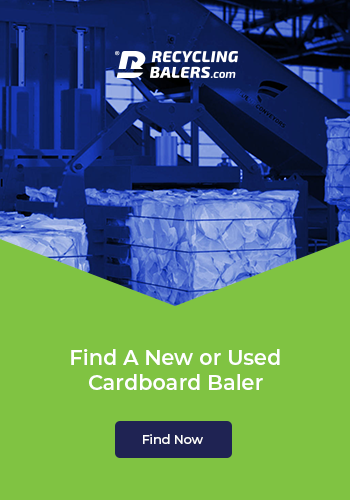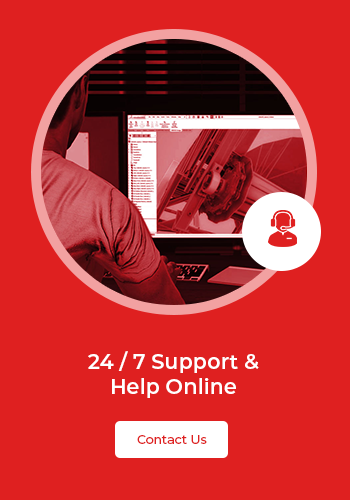Ways to Reduce Conveyor Hazards
One of the most common causes of injury in a manufacturing plant is when conveyors aren’t used in the right way or maintained properly.
Improper use or maintenance can cause damage to employees or workers using the conveyor as part of their daily work.
To keep everyone safe, every plant operator and the owner must understand the hazards that may occur and mitigate as best they can for these hazards.
Keeping People Safe
For the most part, conveyors are safe when used correctly, but if they aren’t treated with the respect machinery requires, it may lead to accidents or injuries that would have been avoidable.
No employee, worker, or any other person should stand, sit, or walk on conveyors at any time. Conveyors are not meant to transport people and may prove a safety risk if a person climbs on them.
Secure Loose Items
Due to how conveyor belts work, it’s all too easy for clothing or any loose items to get caught in the mechanisms and cause injury. Worse, conveyor belt hazards include getting loose items of clothing caught in conveyors could lead to serious injury to limbs and bodies, resulting in life-changing accidents.
For safety purposes, it’s recommended that all people working around conveyors do not wear loose clothing; this may include loose shirts, jewelry, loose hair, or even swipe badges.
If your company implements a uniform policy that employees must follow, we recommend that you ensure the uniform is close-fitting or provide overalls to staff working around conveyors.
Open Lines of Communication
Another potential hazard that can face conveyor operators is that of malfunctions and breakdowns. While we work to ensure that the conveyors we install are of the highest quality and functioning properly, over time, they will need servicing and maintenance; if this is not kept up, there is a chance that the conveyor could break down.
Implement an open lines of communication policy within your team to ensure that any member of the team, regardless of seniority level, is able and willing to speak up if they notice any issues with the conveyor that may present a hazard such as loose screws, odd noises, or worn belts.
By allowing all employees to report potential faults, you will be able to spot issues early and prevent accidents.
Using Conveyor Guards
For safety purposes, most conveyors are supplied with conveyor belt guarding requirements to ensure that the moving parts, such as the belt conveyor guarding, gears, conveyor motors, and chains, are covered and guarded against interference.
These moving conveyor parts can be dangerous, especially if limbs and other body parts become stuck in them. Always ensure that your machine guarding is up and working properly and that no employee has the ability to move or interfere with the guards and risk causing harm to others and maybe even becoming another accident statistic.
Speak to An Expert
Here at FluentConveyors, we pride ourselves on installing high-quality and reliable conveyors to companies of all shapes and sizes. To find out more about the work we do, contact our friendly team at [email protected] or call us toll-free: (866) 764-2980.



